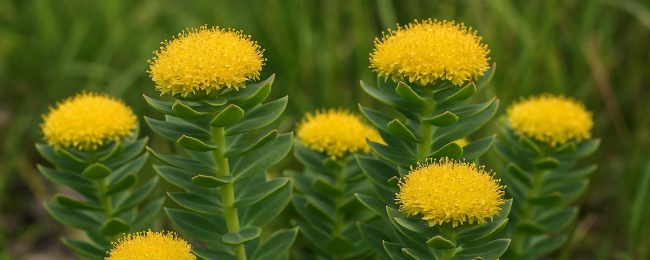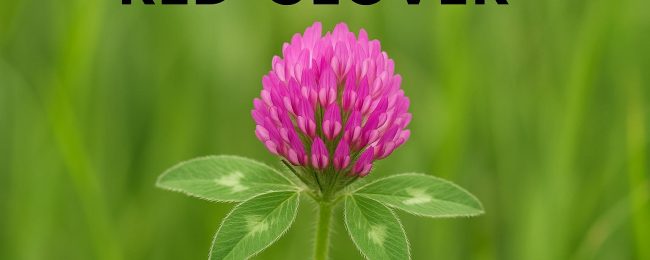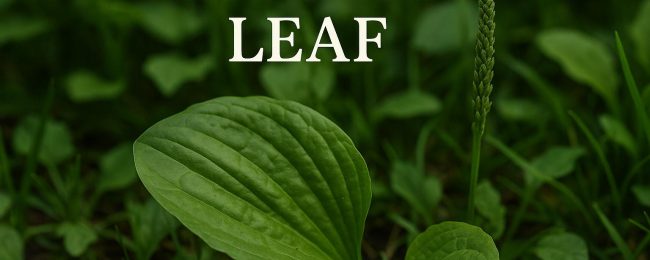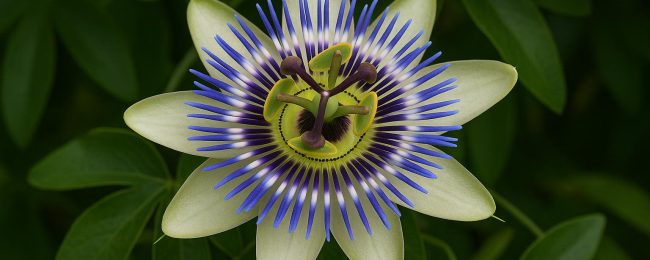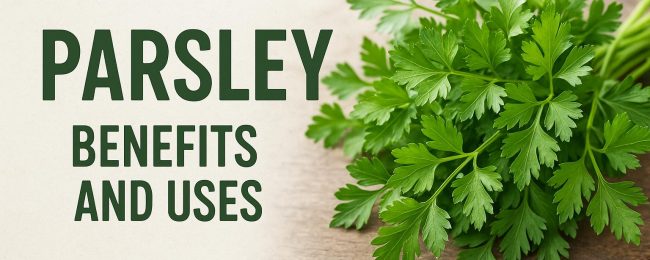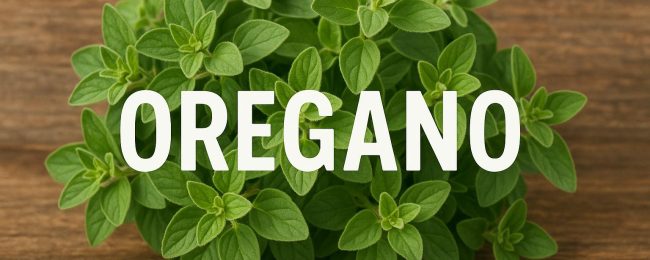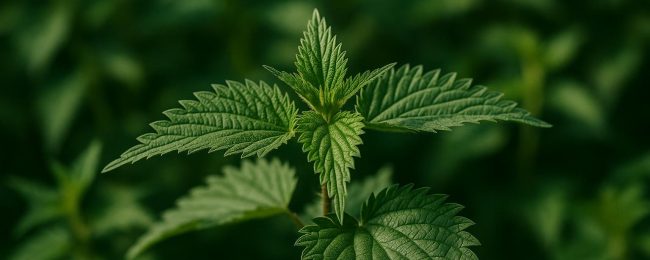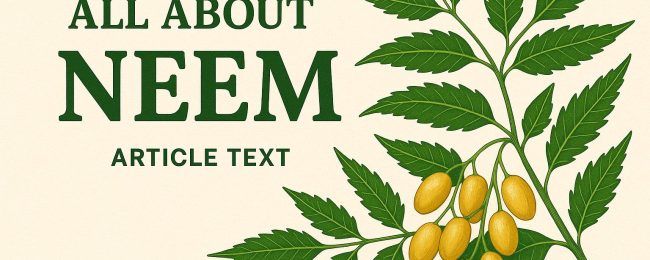Rosemary
Introduction to Rosemary Rosemary, scientifically recognized as Rosmarinus officinalis, is a perennial herb that is indigenous to the Mediterranean region. As a member of the Lamiaceae family, rosemary is closely related to other familiar herbs such as mint, basil, and lavender. Throughout history, rosemary has been celebrated for its aromatic attributes and its extensive use […]


